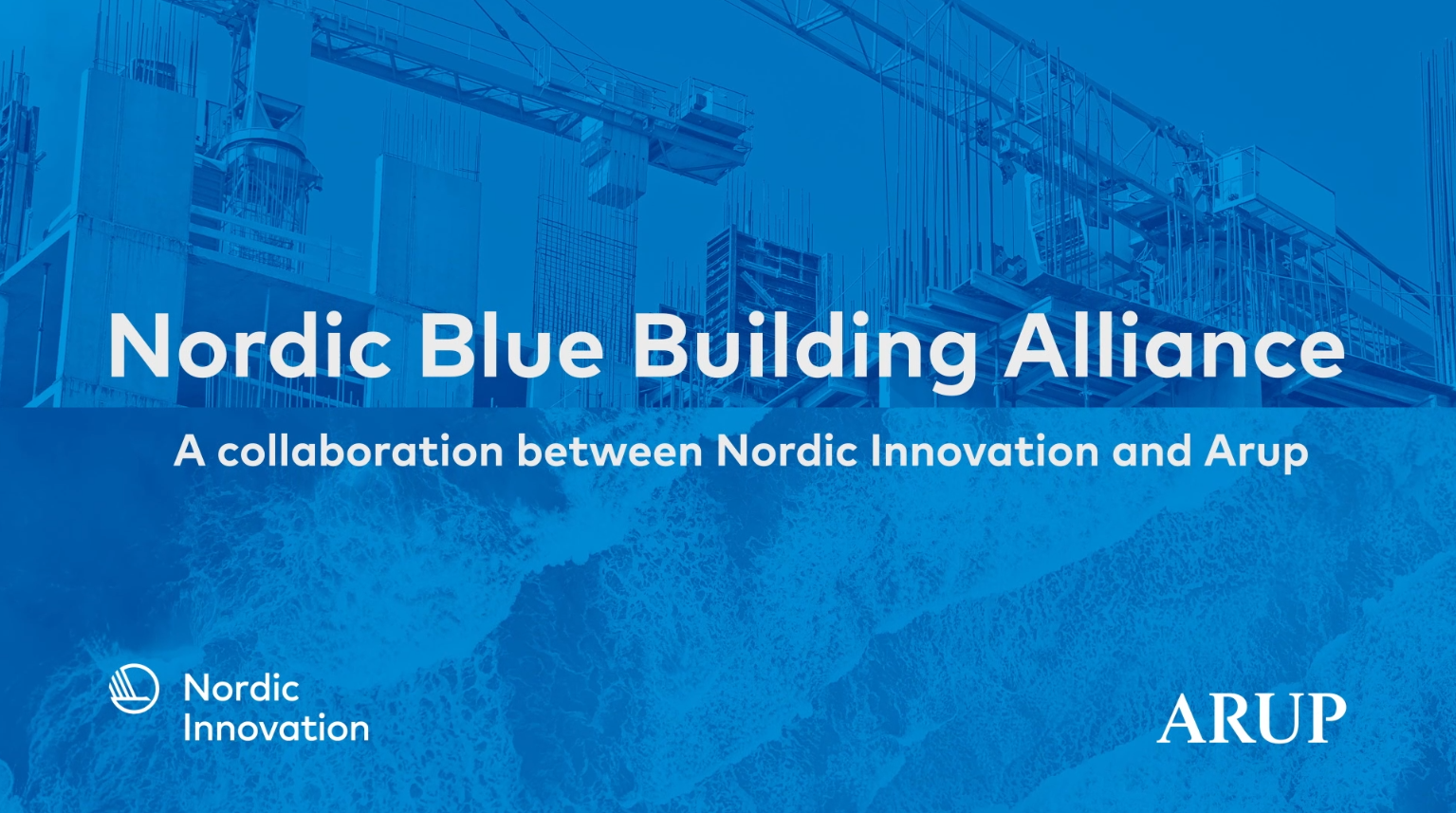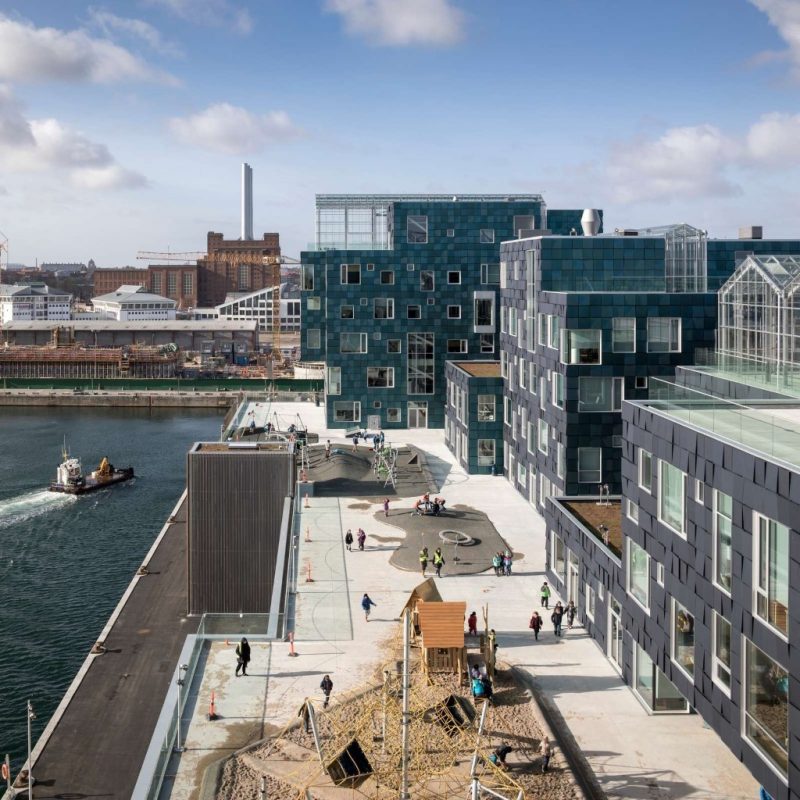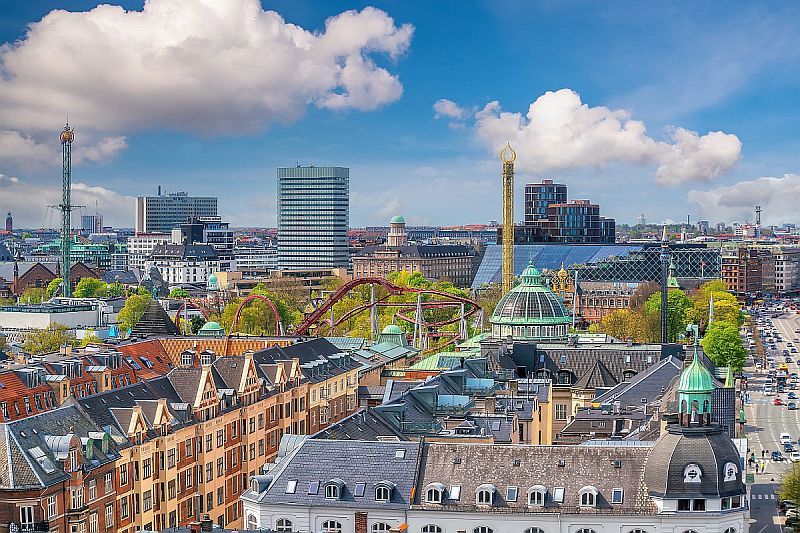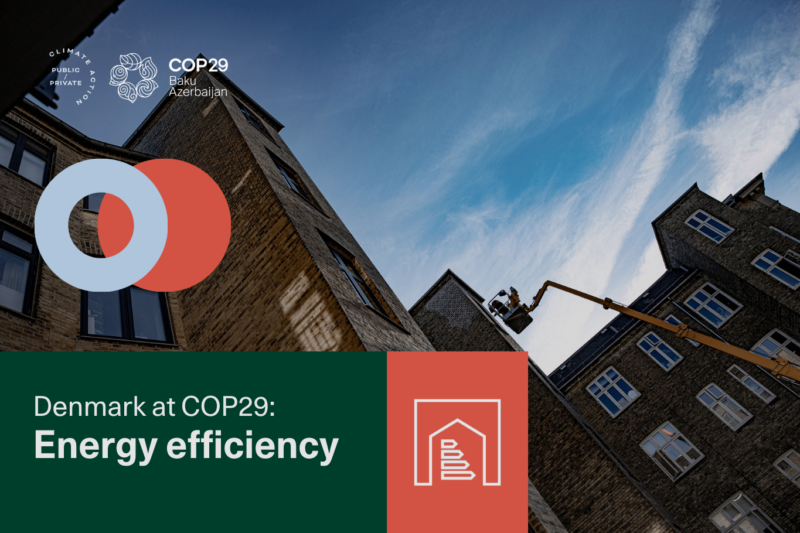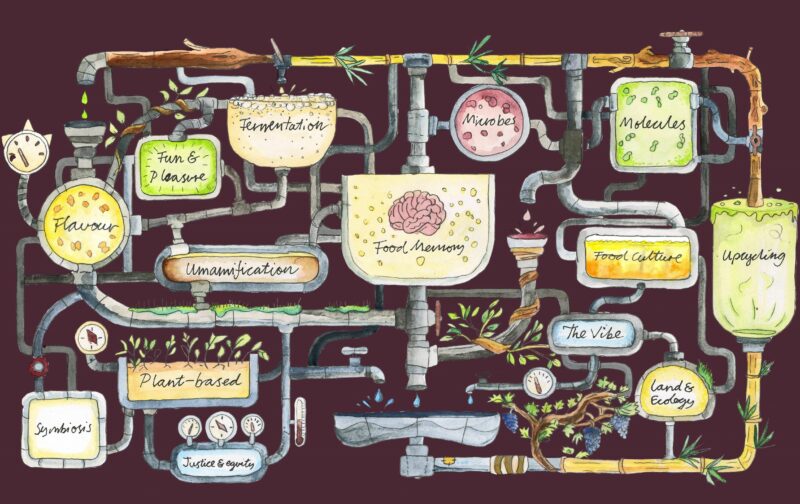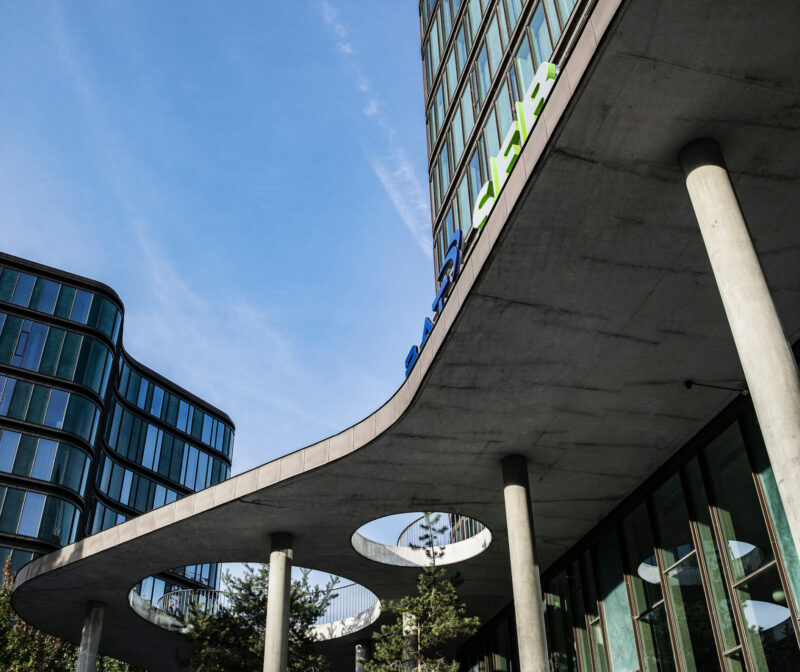News
Bio-based circular solutions
Buildings
Green buildings
New Publication Reveals That Maritime Building Materials Can Reduce CO2 and Alleviate the Marine Environment
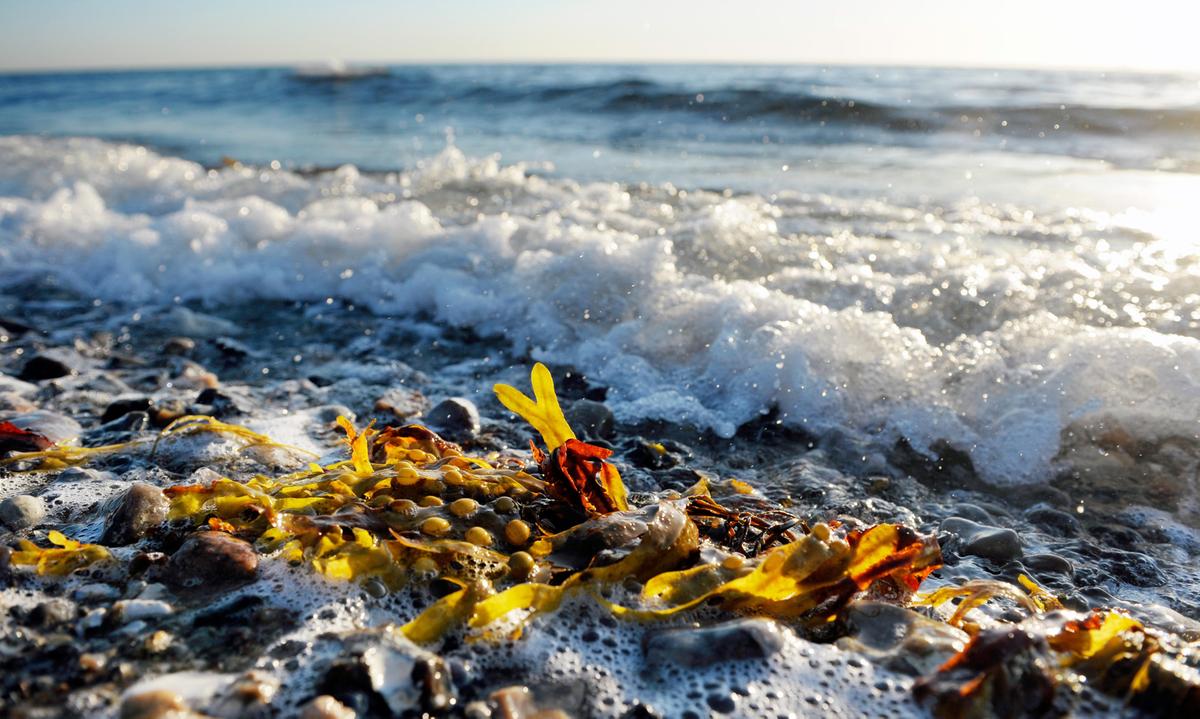

Featured image: Brown Algae NN – Norden.org
With resource consumption expected to double by 2060 and current CO2 emissions accounting for nearly 40% of the world’s total, drastic measures are necessary to keep the global construction and infrastructure sector within planetary boundaries.
Maritime building materials, derived from sources such as algae, reed beds, chitin, and seagrasses, hold enormous potential. If produced in large volumes with a low CO2 footprint, they could replace existing, highly carbon-intensive materials, especially concrete.
Gentle extraction methods for these materials could also have a positive environmental impact, such as reducing nitrogen levels in Danish fjords and coastal waters. These blue building materials represent a potential breakthrough if they can become a viable commercial venture.

“The potential in future low-emission maritime building materials is significant. There is still a long way to go today to find a solid business case. Therefore, in the construction sector, we need to make an effort and explore a broader perspective for a business model, considering valuable secondary benefits such as improved marine environments,” says Peter Vangsbo, Head of Sustainability and Climate Services at Arup. He continues, “With this new report, we have obtained a comprehensive and strong – and perhaps equally important – shared Nordic foundation for our ongoing work. We understand the challenges and opportunities.”
Marine Biobased Building Materials Cover
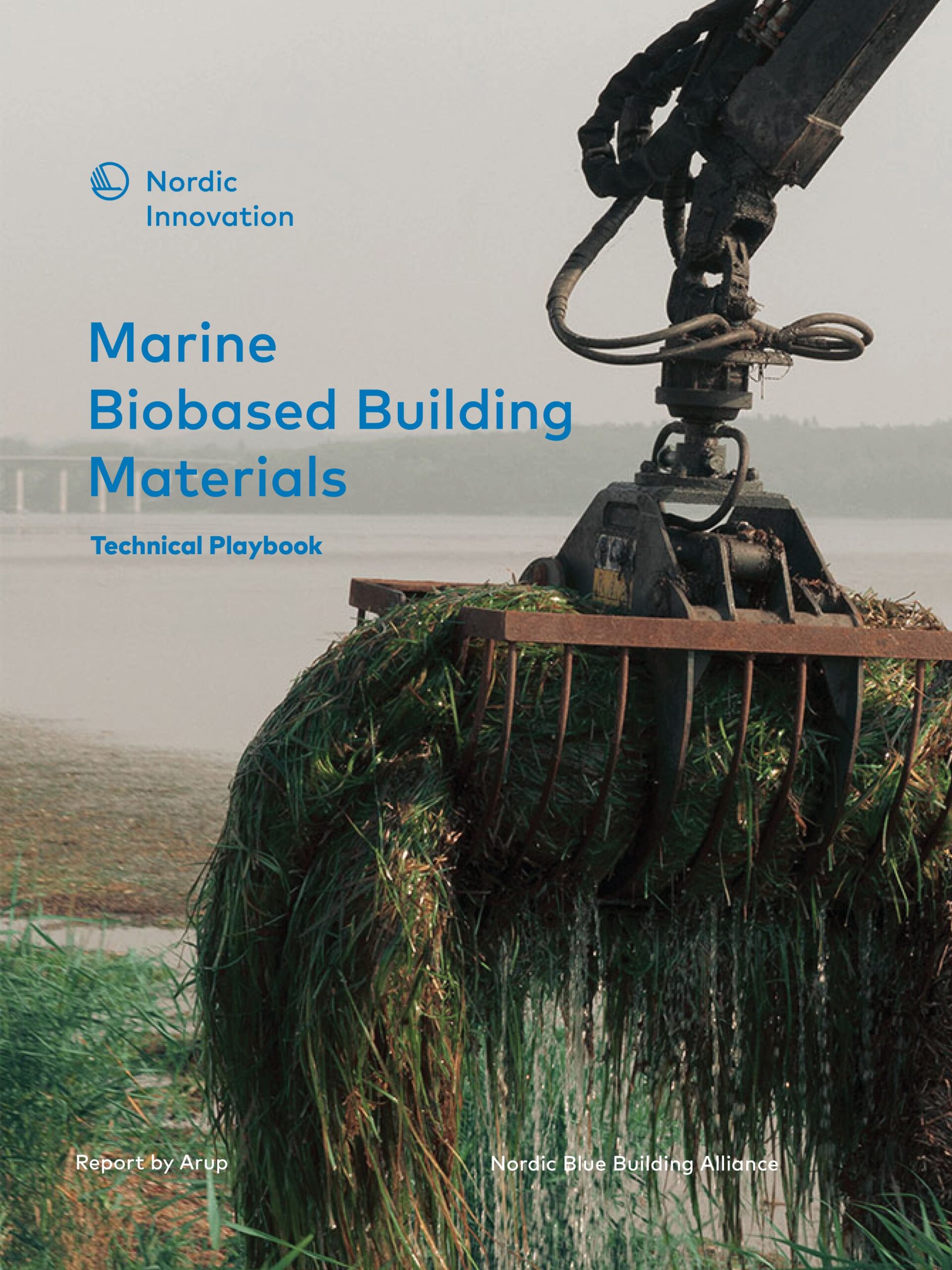
Rasmus Malmborg, Lead of Nordic Sustainable Construction at Nordic Innovation (an organization under the Nordic Council of Ministers), explains the purpose of the report:
“We hope that this technical handbook, featuring examples of marine biobased building materials, will inspire the construction sector to explore the possibilities of using marine biobased materials to become greener. We call it a guide and handbook, and I am confident it will provide inspiration and new ideas for Nordic decision-makers, planners, and researchers. It offers a solid knowledge base and guidance for applying and utilizing these materials to achieve a more sustainable construction sector.”
About the handbook
The technical handbook serves as a professional guide for decision-makers across the Nordic countries. It includes a catalog of existing marine-based biomaterials available in the Nordic market and provides insights into their applications in the built environment, including scalability.
Learn more about Arup’s work in developing maritime building materials here and explore Nordic Innovation’s efforts to create a sustainable and competitive Nordic construction sector through the Nordic Sustainable Construction program here.
You should consider reading
events
Urban planning and development
+7
The Liveable City Conference, Scotland
30 October 2024solutions
Bio-based circular solutions
+1
